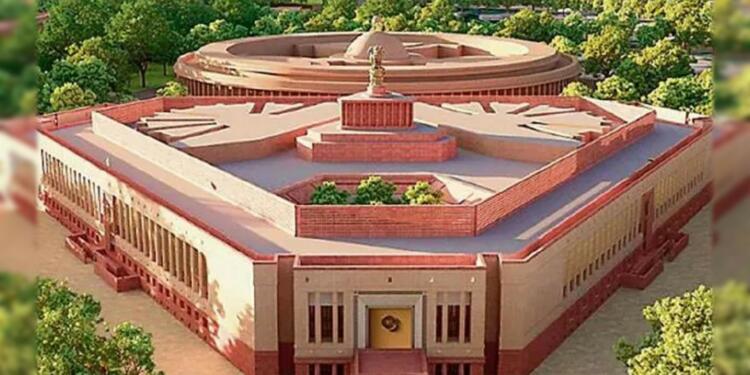The recent inauguration of the new Parliament building in the Central Vista has shed light on the evolving dynamics of Indian politics. With a mix of boycotting and attending parties, the event has provided a glimpse into the shape of the new Mahagathbandhan, the opposition coalition, and its potential impact on the upcoming 2024 Lok Sabha elections.
Let’s read about the upcoming dynamics of the Congress led Mahagathbandhan, and how other parties cannot be ignored as well.
“Complete Boycott, What’s That”?
As the inauguration of the new Parliament complex draws near, a significant number of opposition parties decided to boycott the event, expressing their discontent with the ruling government, albeit on laughable parameters. However, amidst this protest, certain political parties emerged as potential “party spoilers”, attending the ceremony and challenging the unified stance of the opposition.
How so? On one hand, there is the Congress backed UPA faction, that is unequivocal in their call for boycotting the inauguration. Probably they found better candidates like the protesting wrestlers to do their bidding!
But on a serious note, there are parties Nationalist Congress Party (NCP), All India Anna Dravida Munnetra Kazhagam (AIADMK), and Telugu Desam Party (TDP) chose to remain silent, supporting neither UPA nor NDA over this matter. Then, there are others such as the Biju Janata Dal (BJD), YSR Congress, Bahujan Samaj Party (BSP), and Shiromani Akali Dal openly declared their decision to attend the inauguration. This division among the opposition highlights the underlying fissures and differing political strategies within the non-National Democratic Alliance (NDA) camp.
The dynamics of the new Mahagathbandhan
The attendance at the Parliament inauguration has brought to the fore a clear distinction between the Congress-led United Progressive Alliance (UPA) faction and the non-aligned parties. The UPA faction, consisting of the Congress and its allies, currently commands close to 108 seats, while the unaligned parties, not backing either the UPA or NDA, collectively hold approximately 60 seats.
The attendance of these unaligned parties presents an intriguing opportunity for the Bharatiya Janata Party (BJP) to bolster its position. With the possibility of gaining the support of these 60 MPs, the BJP could significantly strengthen its standing in the Parliament. Securing a majority in the House would provide the ruling party with an added advantage as it approaches the 2024 Lok Sabha elections.
Alos Read: NITI Aayog Health Index 2020-21: Kerala, TN, and Telangana Lead, While Delhi Ranks Lowest
The road to 2024 gets interesting
Furthermore, the dynamics leading up to the 2024 elections remain fluid and unpredictable. Parties such as the Trinamool Congress (TMC), Aam Aadmi Party (AAP), and others have the potential to change their stance or withdraw their support at the last minute. Such a scenario could result in a loss of at least 30 seats, making the road to 2024 even more intriguing and challenging for all political stakeholders.
Also Read: Opposition’s new Mission: Make Modi PM Again!
The Parliament inauguration episode has revealed a complex and evolving political landscape in India. The presence of both boycotting and attending parties indicates the formation of a new Mahagathbandhan and the challenges it poses to the ruling government. With the non-aligned parties holding a significant number of seats, the BJP has an opportunity to expand its support base and potentially gain a majority in the Parliament. However, uncertainties and last-minute shifts remain a defining factor in the road to the 2024 Lok Sabha elections. As the political chessboard continues to evolve, only time will tell how the various factions and alliances will shape the future of Indian politics
Support TFI:
Support us to strengthen the ‘Right’ ideology of cultural nationalism by purchasing the best quality garments from TFI-STORE.COM































